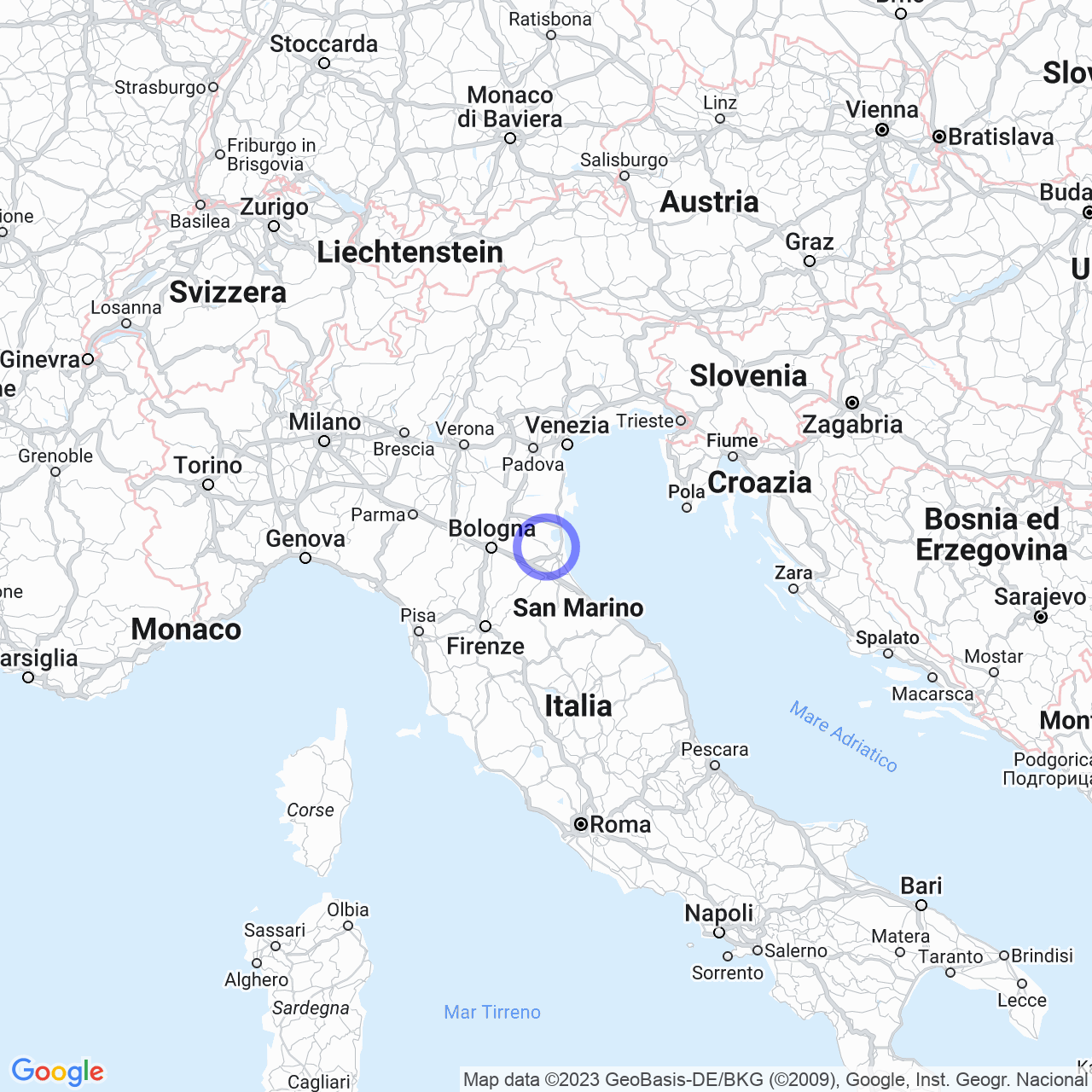Filo
Filo: a historical hamlet between Ferrara and Ravenna
Filo is a hamlet with an ancient and interesting history, located on the border between the provinces of Ferrara and Ravenna and the respective municipalities of Argenta and Alfonsine. With a population of about 2,059 inhabitants, it is about 20 kilometers away from the two reference municipalities.
Physical Geography
The territory of Filo is largely situated below sea level or with a small elevation. The total surface area of the two hamlets is 64.65 km², of which almost 40 km² is part of the municipality of Argenta and more than 14 km² belongs to the municipality of Alfonsine.

History
Filo arose on the banks of the Po di Primaro, an ancient southern branch of the Po, which represented the most important mouth of the river until the 12th century. The name derived from the ''Rivera di Fili'', the strip of land adjacent to the course of the Primaro. The surrounding area of the settlement was marshy: the historical map shows how the land between Filo and today's Alfonsine was almost completely submerged by a marsh, called ''Valle di Filo e di Logastrino''.
In the Late Middle Ages, the Po di Primaro was an important river communication route between Lombardy and the sea, traveled by the salt trade. In Filo, an autonomous municipality, there was a ''hospitale'' or xenodochio, dedicated to Saint John the Baptist, to accommodate pilgrims and travelers. In 1394, the Este family purchased the territory of "Riviera di Filo" from the da Polenta family. Since then, the left side of the river is part of the Ferrara territory.
In 1782, in the area of the ''Valle di Filo'', the new course of the Reno river was excavated, made to flow in a straight line from the Bastia di Argenta to the Madonna del Bosco. After the works, the settlement of Filo found itself about 2 km away from the river. However, the ancient course of the Primaro continued to mark the boundary between Ferrara and Ravenna.
Filo was an autonomous municipality from the Middle Ages until 1859, the end of the Papal States' rule in Romagna.
During World War II, on September 8, 1944, the Germans, following the indications of the local leaders of the Republican Fascist Party, took a group of men from Argenta for a reprisal. Five were shot near the bridge of Bastia and another five in Filo.
Monuments and places of interest
Among the places of interest in the hamlet is a parish church dedicated to Saint Agatha, open for worship in 1931. The building, designed by the Bolognese engineer Francesco Gualandi, was completed in 1934 after several years of work. The current building stands on the site of a previous church built between 1525 and 1578.
Notes
In conclusion, the hamlet of Filo represents a place rich in history and artistic and cultural heritage. Its geographical position between Ferrara and Ravenna makes it a strategic and highly interesting tourist destination.
